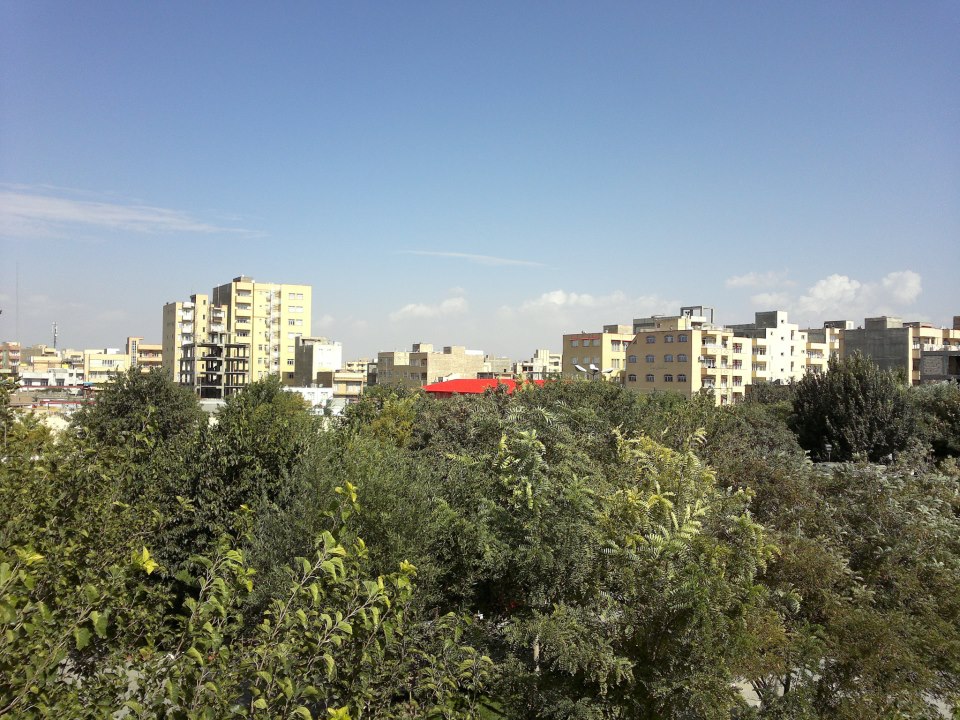Shanb-e-ghazan District on:
[Wikipedia]
[Google]
[Amazon]

 Shanb-e-Ghazan, Ghazaniyya, or Sham-e-Ghazan (local pronunciation: Sham-Ghazan) is one of the historical neighborhoods of
Shanb-e-Ghazan, Ghazaniyya, or Sham-e-Ghazan (local pronunciation: Sham-Ghazan) is one of the historical neighborhoods of

 Shanb-e-Ghazan, Ghazaniyya, or Sham-e-Ghazan (local pronunciation: Sham-Ghazan) is one of the historical neighborhoods of
Shanb-e-Ghazan, Ghazaniyya, or Sham-e-Ghazan (local pronunciation: Sham-Ghazan) is one of the historical neighborhoods of Tabriz
Tabriz ( fa, تبریز ; ) is a city in northwestern Iran, serving as the capital of East Azerbaijan Province. It is the List of largest cities of Iran, sixth-most-populous city in Iran. In the Quri Chay, Quru River valley in Iran's historic Aze ...
, Iran. Shanb-e-Ghazan's historical importance is mostly due to construction of a palace which later turned to the thumb / mausoleum of Ghazan Khan, the Ilkhanid emperor in late 13 and early 14th century.
History
At the time of the Ilkhanate and Arghun Khan's kingdom in 1290, Shanb-e-Ghazan grew from a village named Shanb or Sham into a large and populous town named Arghuniyye. The main parts of this construction included aBuddhist
Buddhism ( , ), also known as Buddha Dharma and Dharmavinaya (), is an Indian religion or philosophical tradition based on teachings attributed to the Buddha. It originated in northern India as a -movement in the 5th century BCE, and ...
temple (Arghun was a Buddhist) and a palace named Adiliyya.
At the time of king Mahmud Ghazan
Mahmud Ghazan (5 November 1271 – 11 May 1304) (, Ghazan Khan, sometimes archaically spelled as Casanus by the Westerners) was the seventh ruler of the Mongol Empire's Ilkhanate division in modern-day Iran from 1295 to 1304. He was the son of A ...
, Ghazan Khan, Shanb-e-Ghazan evolved into a large satellite city of Tabriz called Ghazaniya. The neighborhood reached its greatest prosperity at this time.
In late 1297 Ghazan Khan built his unique Tomb called Qubba-ye-Aali (Big Dome) in the central part of the town. As he was very interested in benevolence, he ordered the construction of twelve public institutions in all twelve sides of this building which consisted of: a jami mosque, a khanqah
A khanqah ( fa, خانقاه) or khangah ( fa, خانگاه; also transliterated as ''khankah'', ''khaneqa'', ''khanegah'' or ''khaneqah''; also Arabized ''hanegah'', ''hanikah'', ''hanekah'', ''khankan''), also known as a ribat (), is a buildin ...
, a Hanafi
The Hanafi school ( ar, حَنَفِية, translit=Ḥanafiyah; also called Hanafite in English), Hanafism, or the Hanafi fiqh, is the oldest and one of the four traditional major Sunni schools ( maddhab) of Islamic Law (Fiqh). It is named aft ...
school, a Shafi'i school, Dar Al Siyadah, an observatory
An observatory is a location used for observing terrestrial, marine, or celestial events. Astronomy, climatology/meteorology, geophysical, oceanography and volcanology are examples of disciplines for which observatories have been constructed. His ...
, a hospital
A hospital is a health care institution providing patient treatment with specialized health science and auxiliary healthcare staff and medical equipment. The best-known type of hospital is the general hospital, which typically has an emerge ...
, a library
A library is a collection of materials, books or media that are accessible for use and not just for display purposes. A library provides physical (hard copies) or digital access (soft copies) materials, and may be a physical location or a vir ...
, Beit Al Qanun, Beit-al-Motavalli (house of trustees), pool house, and bathroom. There were other buildings such as an orphanage
An orphanage is a Residential education, residential institution, total institution or group home, devoted to the Childcare, care of orphans and children who, for various reasons, cannot be cared for by their biological families. The parent ...
and Hakimiyya around this building.
Ghazan Khan's Dome with its 135 meters height astonished visitors; Shanb-e-Ghazan's other buildings became a scientific - cultural centre of its era. According to Ghazan Khan's order, foreign merchants should pass through and stay in Shanb-e-Ghazan in order to enter Tabriz. The tax receipts of Ojan province and some villages, and one-tenth of objects entered into the treasury were allocated to Ghazaniyya.
These factors all together made it a town that was unique throughout Iran (Mostofi- Nuhzat al Qoloub).
In later centuries, beside scientific cultural activities in this town, because of its strategic importance the land of this area was used as a battlefield of different countries.
At the time of Safavid it became more importance and Pargalı Ibrahim Pasha, Suleiman the Magnificent's minister, after occupying Tabriz built a castle in Shanb-e-Ghazan which was used later by Safavid and Ottoman Empire. Ottomans called Shanb-e-Ghazan "Dar Al Aman" (Safe Place); however Shah Abbas I
Abbas I ( fa, ; 27 January 157119 January 1629), commonly known as Abbas the Great (), was the 5th Safavid Shah (king) of Iran, and is generally considered one of the greatest rulers of Iranian history and the Safavid dynasty. He was the third so ...
of Safavid in order to prevent Ottomans' inhabitancy ordered the destruction of all Ghazani buildings except for the Tomb, Mosque, Khanqah, and probably one of the schools.
The earthquakes of 1641, 1650, and 1721 wrought much destruction upon Shanb-e-Ghazan and its buildings, and reduced its residential area. The earthquake of the first morning of 1780 buried the remaining buildings. Thus from Ghazaniyyah just the south east part of it has remained.
Shanb-e-Ghazan's antiquities because of the inadvertence of Qajar and Pahlavi government has been despoiled and it has led to this point that nowadays in this historical neighborhood there are no historical remains except for a bathroom and some scattered tiles.
References
{{coord missing, East Azerbaijan Province Districts of Tabriz